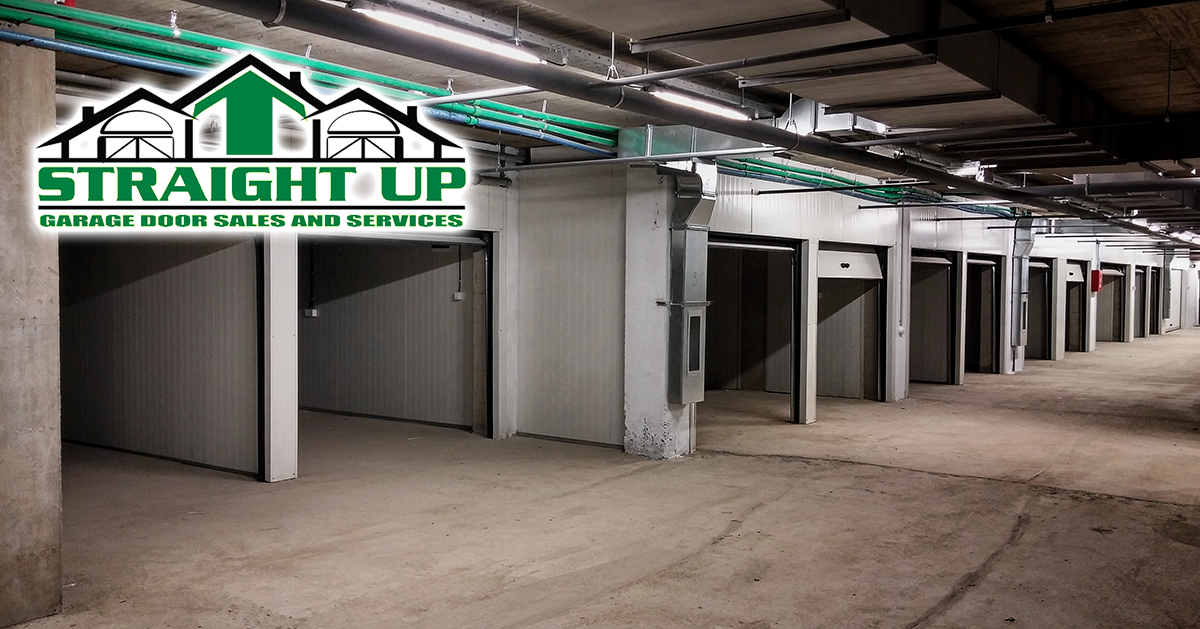One of the more popular home renovation ideas is to convert your garage into a living space. Whether that is converting it into a living room, a spare bedroom, or even a home office, there is a lot of square footage in your garage that you can put to use in a variety of ways. When planning for the conversion, there are a few things to consider to make sure that the space will function at its best for what you need.
Structure
First things first, you should take the time to have our garage inspected by a contractor who can make sure that it is structurally sound and has all the appropriate electrical wiring in place that you will need. Essentially, determine if it is something that can truly convert into a living space. This is also the time to consider the layout of your new space. A contractor can help you determine the best setup for your needs and what your space can accommodate.
Insulation
One of the biggest things to take into account is insulation. We take for granted all that insulation inside our homes does for us. But step into your garage on a particularly hot or especially cold day, and you will quickly notice the difference. You will need to determine if the walls are already insulated or not. You must also figure out if any additional insulation is needed in the ceiling.
The biggest area of air leak is of course the garage door. Some people opt to leave the garage door in place, perhaps replacing the door with a better insulated version of a standard garage door. Other people choose to remove the garage door all together, sealing off the space with a new wall. If you go this route, you will get better insulation in the new room. However, it can be costly to create a new wall. You will also need to decide if you want any windows or door in the new wall.
Lighting
Standard garage lighting will typically be insufficient for any conversion you make. Depending on the layout of the room, you may need to have electrical cables run to allow for a new light to be installed in the space.
HVAC
If you want to have heating and air going into the new space, you will either need to tie it into your existing system or install a stand-alone system for the room. Tying the HVAC into your existing system, means you will need to make sure that the current system is large enough to handle the additional square footage. If your existing system is not large enough, then you will need to make a costly purchase in order to increase the output capacity of your unit. However, if you time it right, then you can plan for the renovation around the time that your current system will be due for replacement anyway.





